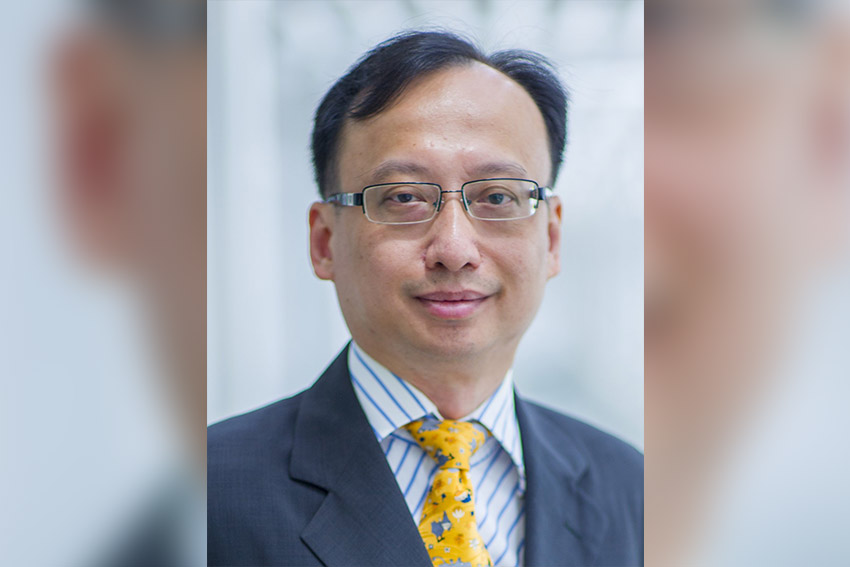4 questions with Professor Peter Chong

We asked Professor of Engineering Peter Chong four questions about his research at the time of his Inaugural Professorial Address.
Describe your favourite/most impactful research project?
My current research focuses on smart mobility technologies for next generation transportation systems, so-called Intelligent Transport System (ITS). Smart mobility is one of the key components to build smart cities. It has been widely studied and many cities are now implementing the new ideas from this research topic.
The whole idea of smart mobility is to allow vehicles to exchange/transfer important data or information such as speed, position, and driving signal. In brief, they can talk to each other.
Once the vehicles are able to receive data or information from other vehicles, a number of safety applications can be implemented such as accident avoidance, blind spot detection and traffic light notification. The main objective of this research is to reduce car accidents and save lives.
What advice would you give to new or aspiring researchers?
First, they need to realise that research is important for their academic career. If there is no research output, there is no academic future.
Second, for their research to excel, they need to find a research topic they are interested in. If the research topic or direction is changed too often they won’t get significant results or findings – it’s good to work on the same research topic for five to ten years.
Finally, they should work with overseas collaborators to exchange new ideas and work with other researchers worldwide.
What does being a professor mean to you?
It’s recognition of an academic career – you’ve made some level of achievement in research and teaching. Because of this achievement, you should use your knowledge and experience to help and support other junior academic staff to achieve their goals. That means professors need to work even harder to produce impactful research work.
What are your hopes for your area of expertise?
My major research area is smart cities. I hope that Auckland will adopt smart city technology to improve life quality and make the city more efficient. For smart mobility technologies developed by myself or other researchers, there is a trend where governments and industries use them for safety and traffic efficiency applications. In the near future, we will see how these technologies can benefit the future intelligent transport system at Auckland.